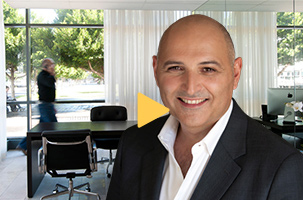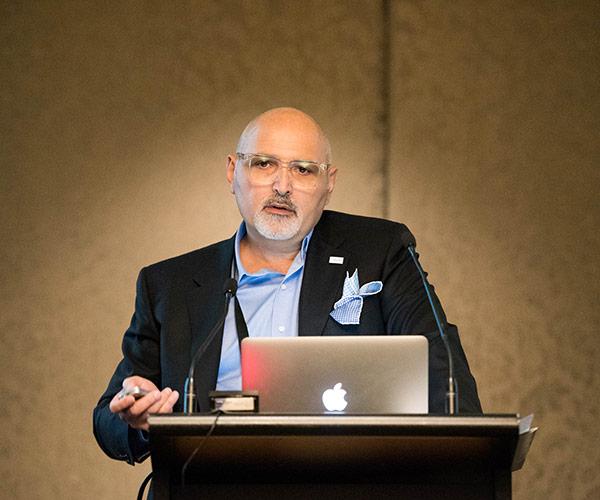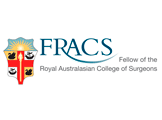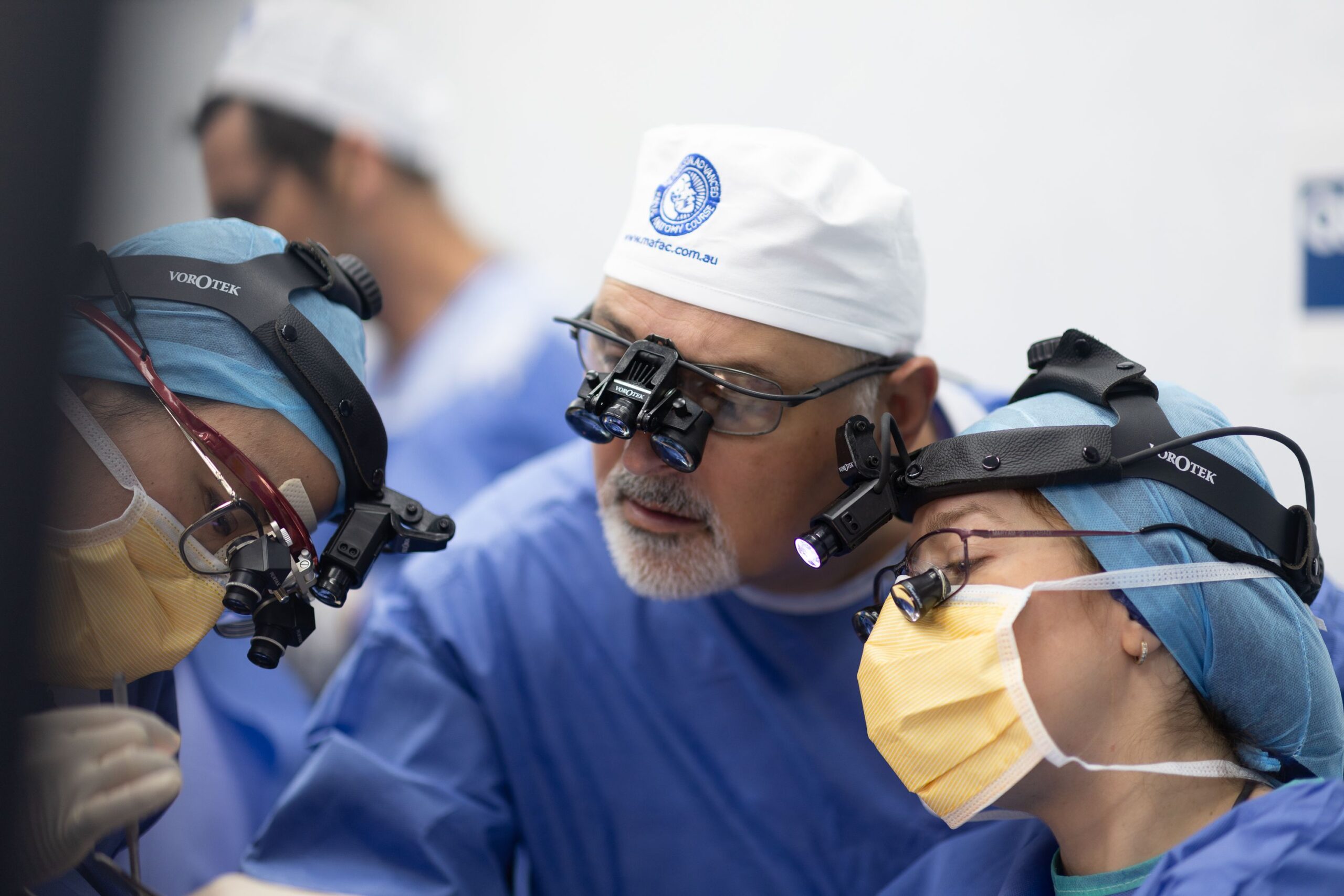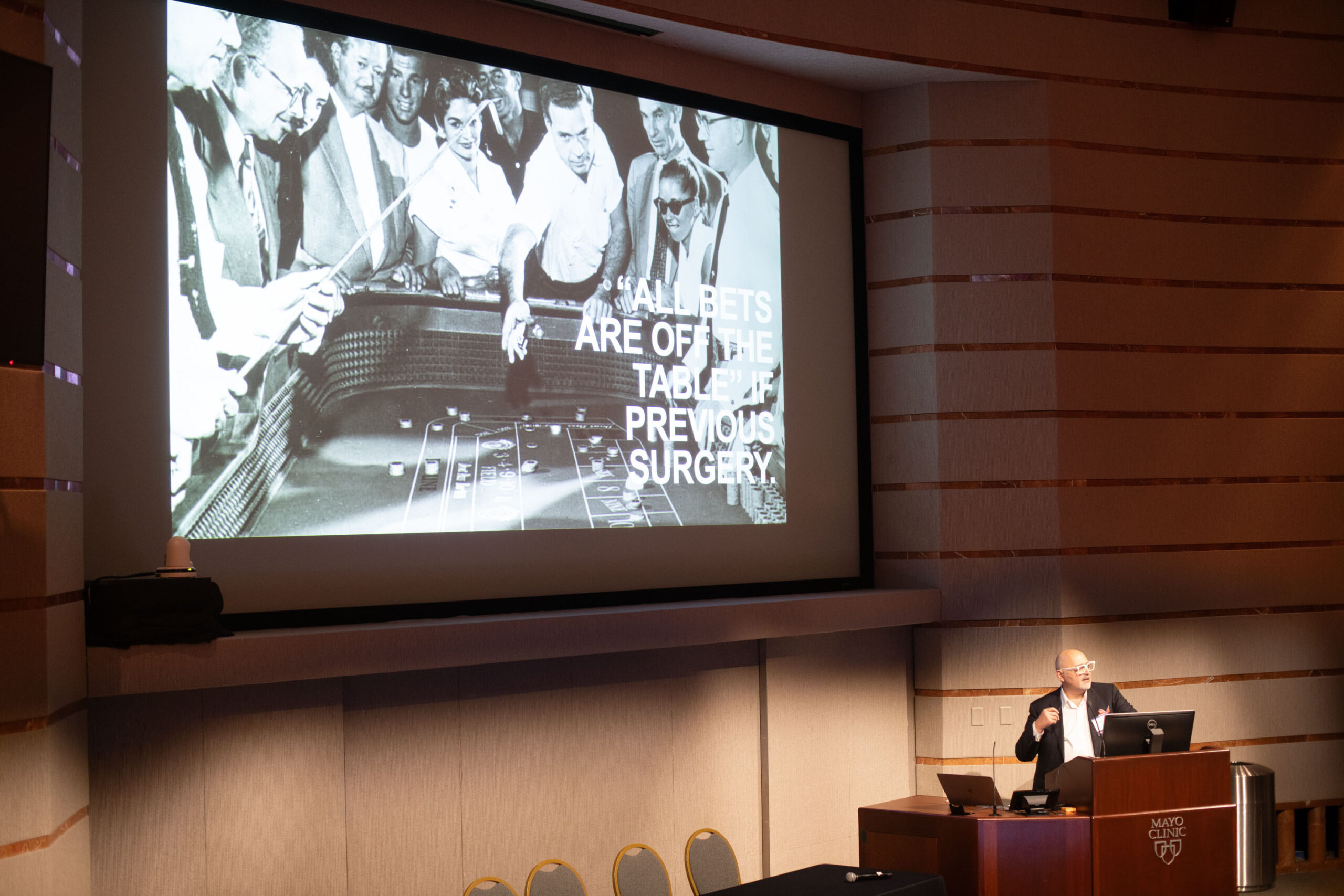Quick Facts
- Procedure Time: 4–6 hours.
- Anaesthesia: General anaesthesia.
- Hospital Stay: Day surgery or overnight.
- Results: Noticeable within weeks; final results take 3–6 months.
- Duration of Results: 10–15 years, depending on individual factors.
- Best Candidates: Adults in good health with sagging facial or neck tissues.
What to Expect
The recovery process is an integral part of achieving optimal results. Here’s a timeline to guide your expectations:
- Days 1–7: Swelling and bruising peak during the first few days. Keep your head elevated, apply cold compresses, and rest. Stitches are typically removed within 7–10 days.
- Weeks 2–3: Swelling begins to subside, and most patients feel comfortable returning to work and social activities.
- Months 3–6: The final results emerge as swelling resolves and tissues settle into their new, lifted position.
A deep plane facelift addresses deeper tissues, specifically the SMAS layer, for a natural and long-lasting rejuvenation. Traditional facelifts primarily focus on tightening skin.
Ideal candidates are in good health, non-smokers, and have noticeable facial ageing, such as sagging cheeks, jowls, or neck skin.
The incisions are discreetly placed along natural creases and hairlines, and with proper care, scars typically fade significantly over time.
Most patients resume light activities after 2–3 weeks, with complete recovery taking about 3–6 months.
Discomfort is mild and can be effectively managed with prescribed medications.
Yes, it is often combined with procedures like neck lifts, eyelid surgery (blepharoplasty), or fat grafting for comprehensive rejuvenation.
Risks
As with any surgical procedure, the deep plane facelift carries some risks. These may include:
- Bruising and swelling.
- Temporary or, in rare cases, permanent nerve injury affecting facial movement.
- Infection or delayed wound healing.
- Bleeding or hematoma.
- Scarring, which typically fades with time.
Recovery Tips
- Follow Post-Operative Instructions: Adhere strictly to your surgeon’s guidelines for optimal healing.
- Elevate Your Head: Sleeping with your head elevated can help reduce swelling.
- Avoid Strenuous Activities: Refrain from heavy lifting or vigorous exercise for at least 4–6 weeks.
- Use Cold Compresses: These can help minimize swelling and discomfort in the first few days.
- Stay Hydrated and Eat Well: A balanced diet supports healing.
- Be Patient: Recovery is gradual, with swelling resolving significantly by week six and final results visible at three months.

